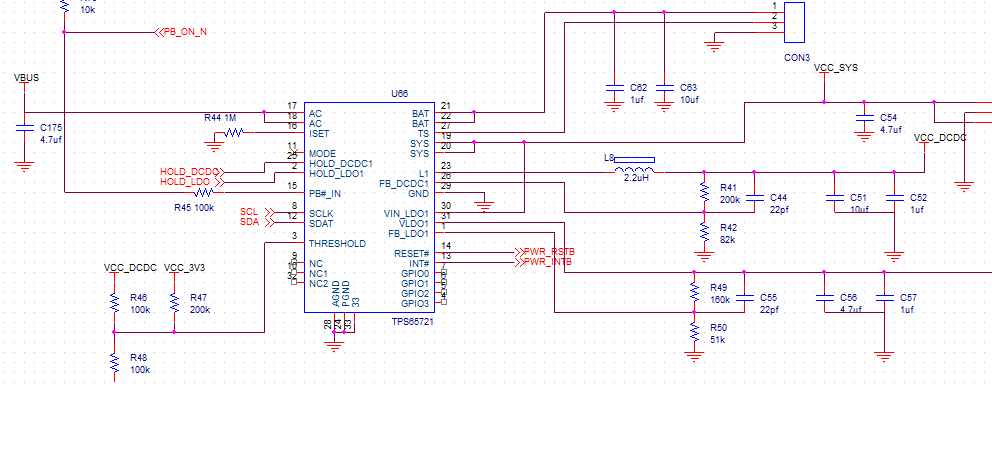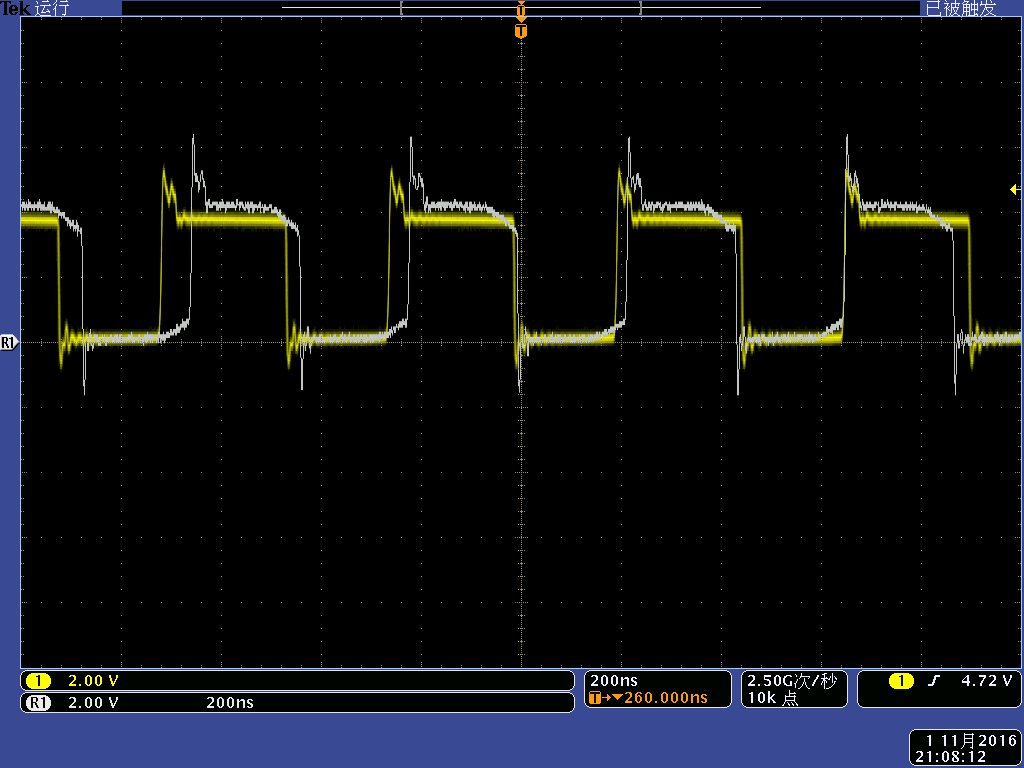We have 2 questions:
1) We see a large power dissipation jump from PFM to PWM, about 100mA in operation mode. What`s value that we shall see. Seems its too large.
On the data sheet (TPS65720m TPS657201m TPS657202, TPS65721), the quiescent supply current I_Q on chapter 7.5 (Electrical characteristics) is 2.8mA vs 36uA, what`s the operational case?
2) The transition happens at around 40mA. what`s value that we shall see.
In addition, we have SYS to power up LDO instead of using DC-DC line. We use LDO to feed a PWM generator chip which draw power from DC-DC line.



